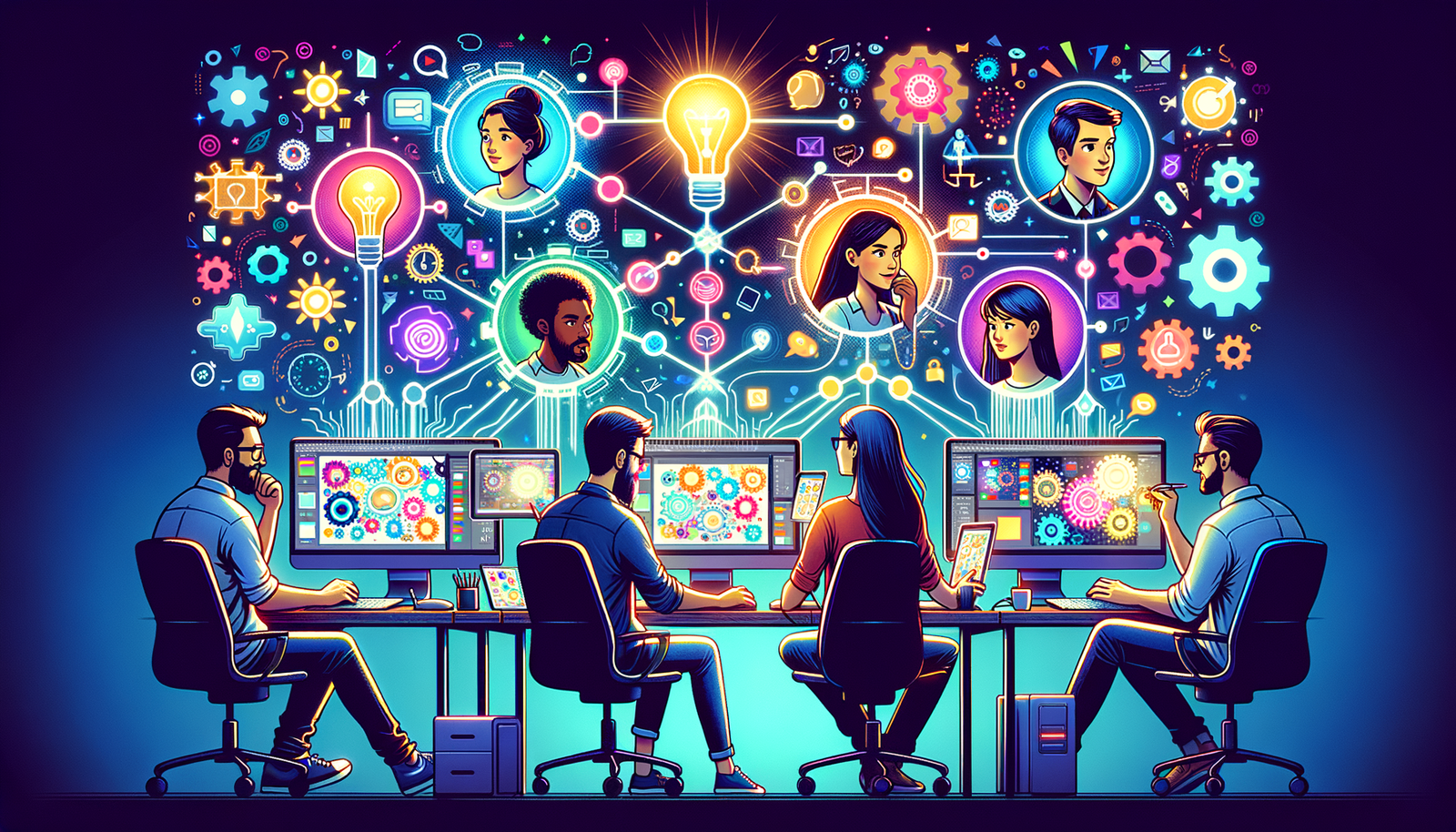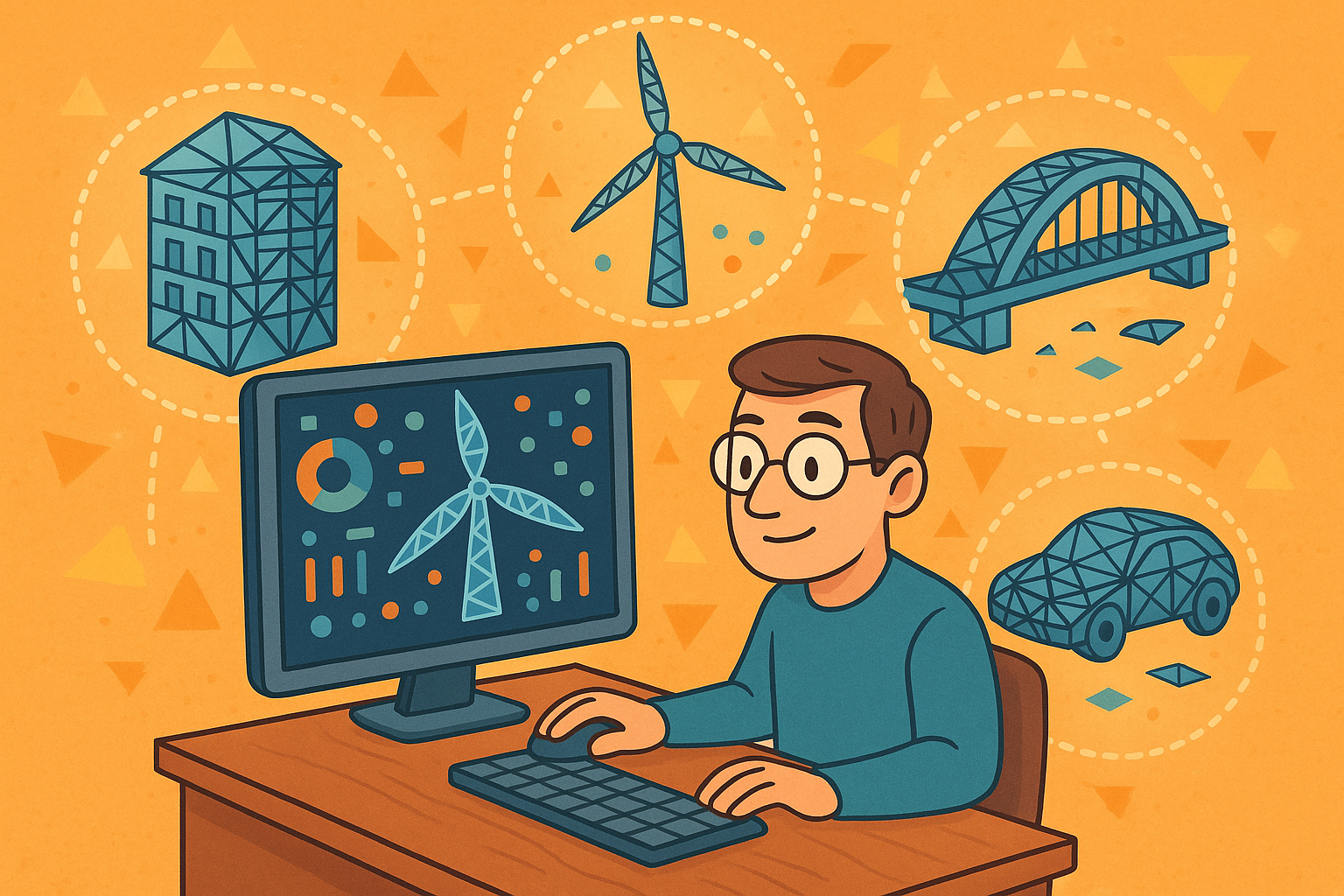Your Cart is Empty
Customer Testimonials
-
"Great customer service. The folks at Novedge were super helpful in navigating a somewhat complicated order including software upgrades and serial numbers in various stages of inactivity. They were friendly and helpful throughout the process.."
Ruben Ruckmark
"Quick & very helpful. We have been using Novedge for years and are very happy with their quick service when we need to make a purchase and excellent support resolving any issues."
Will Woodson
"Scott is the best. He reminds me about subscriptions dates, guides me in the correct direction for updates. He always responds promptly to me. He is literally the reason I continue to work with Novedge and will do so in the future."
Edward Mchugh
"Calvin Lok is “the man”. After my purchase of Sketchup 2021, he called me and provided step-by-step instructions to ease me through difficulties I was having with the setup of my new software."
Mike Borzage
Real-time Collaboration in Design Software: Revolutionizing Workflows and Enhancing Innovation
August 31, 2024 4 min read


Introduction to Real-time Collaboration in Design Software
In the realm of design software, real-time collaboration denotes the ability for multiple users to work simultaneously on the same project from different locations. This capability is becoming indispensable in today's fast-paced design environments, where teams are often distributed across various geographies.
Historically, design collaboration was a cumbersome process riddled with delays and inefficiencies. Before the advent of real-time tools, designers relied heavily on asynchronous methods - sharing files via email or cloud storage, waiting for feedback, and reconciling multiple versions of the same document. The shift from asynchronous to synchronous collaboration has dramatically streamlined workflows and minimized the lag in communication.
Today, a plethora of design software supports real-time collaboration, each offering unique features to enhance user experience. Key players in the market include Adobe Creative Cloud, Autodesk, and Figma, to name a few. These platforms provide seamless, collaborative environments where users can co-design, share insights, and make instant adjustments to projects.
Benefits of Real-time Collaboration in Design Software
The integration of real-time collaboration tools in design software brings about numerous benefits:
Enhanced Communication
One of the most significant advantages of real-time collaboration is the reduction of misunderstandings and miscommunications. When team members can discuss and modify designs instantaneously, it ensures that everyone is aligned with the design intent. Clarity and precision are paramount in design, and real-time tools facilitate these by providing a platform for immediate feedback and suggestions.
Increased Efficiency
Real-time collaboration tools drastically reduce the time taken for feedback loops. In traditional workflows, feedback could take days or even weeks, leading to prolonged project timelines. With real-time collaboration, decisions are made faster, and subsequent actions are taken promptly, significantly enhancing project efficiency.
Improved Creativity and Innovation
Design is inherently a creative process, and brainstorming sessions are crucial for generating innovative ideas. Real-time collaboration enhances these sessions by incorporating instant input from multiple stakeholders. The amalgamation of diverse perspectives often leads to breakthrough solutions that might not have been conceived in isolation.
Project Management and Accountability
Real-time collaboration tools offer robust project management features, such as real-time tracking of changes and contributions. This not only improves version control but also ensures comprehensive documentation of the design process. Accountability is heightened as each modification is recorded, providing a transparent audit trail of the project’s evolution.
Challenges and Solutions in Implementing Real-time Collaboration
Despite its numerous benefits, implementing real-time collaboration in design software is not without challenges:
Technological Barriers
Effective real-time collaboration requires robust internet connectivity, which can be a limiting factor in some regions. Additionally, compatibility issues between different software platforms can hinder seamless collaboration. These barriers need to be addressed to fully realize the potential of real-time collaboration tools.
User Resistance
Adopting new tools and workflows can be met with resistance from users accustomed to traditional methods. There is often a reluctance to embrace change, coupled with a learning curve associated with new technology. Overcoming this resistance requires dedicated training and adaptation periods to ease the transition.
Security Concerns
Collaborating in real-time raises significant security concerns, particularly around the protection of intellectual property. Ensuring secure data transmission and storage is paramount to prevent unauthorized access and data breaches.
Possible Solutions
Several solutions can mitigate these challenges:
- Cloud-based solutions with offline capabilities to address connectivity issues.
- Cross-platform integrations and standardization to enhance compatibility.
- Comprehensive security protocols and encryption to safeguard data.
Future Trends and Innovations in Real-time Collaborative Design
The future of real-time collaboration in design software is rife with exciting possibilities:
AI and Machine Learning Integration
The integration of AI and machine learning can revolutionize real-time collaboration, offering predictive suggestions and automated task allocations. These technologies can also enhance error detection and correction, making the design process more efficient and accurate.
Virtual and Augmented Reality
Immersive technologies such as VR and AR are set to transform real-time collaboration. These tools provide enhanced spatial understanding and allow for interactive design modifications, enabling teams to visualize and manipulate designs in a three-dimensional space.
Blockchain for Enhanced Security
Blockchain technology can provide a decentralized approach to data management, ensuring secure real-time collaborations. Its capability to maintain a transparent and immutable record of changes and contributions can significantly enhance trust and accountability in the design process.
5G and Beyond
The advent of 5G technology promises faster internet speeds, which will have a profound impact on real-time collaboration. Additionally, integration with IoT can facilitate seamless data sharing across devices and platforms, further enhancing collaborative efforts.
Conclusion
In summary, real-time collaboration is revolutionizing design practices by enhancing communication, increasing efficiency, and fostering creativity. While challenges such as technological barriers, user resistance, and security concerns exist, they can be mitigated through targeted solutions. The future of real-time collaborative design is bright, with innovations such as AI, VR/AR, blockchain, and 5G set to further elevate its potential. Designers and organizations are encouraged to embrace these tools to stay competitive and drive innovation in their workflows.
As we look ahead, it is clear that real-time collaboration will continue to shape the landscape of design, unlocking new levels of productivity and creativity. The onus is on the industry to invest in these technologies and harness their full potential to create a more connected and efficient design ecosystem.
Also in Design News

Design Software History: From Plotters to Procedural Intent: A Technical History of Generative and Parametric Design Software
January 04, 2026 13 min read
Read More
Semantic Meshes: Enabling Analytics-Ready Geometry for Digital Twins
January 04, 2026 12 min read
Read MoreSubscribe
Sign up to get the latest on sales, new releases and more …



